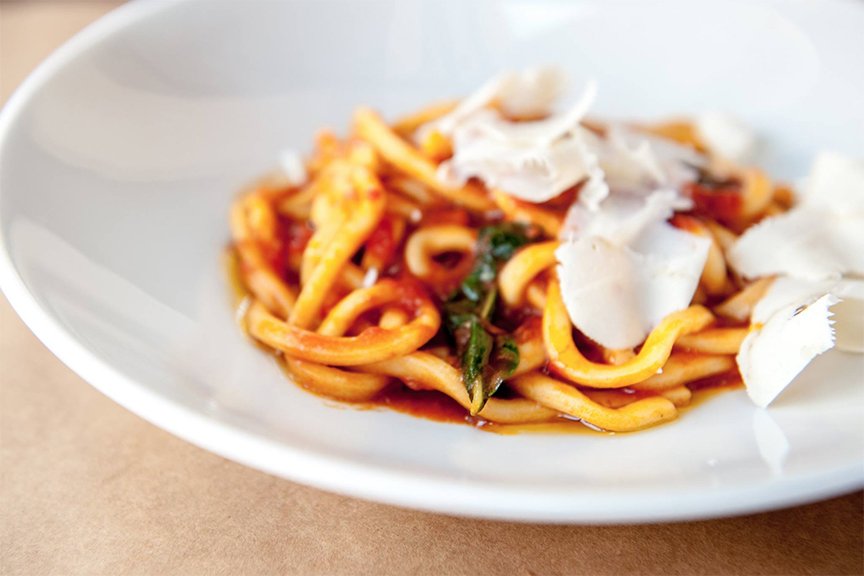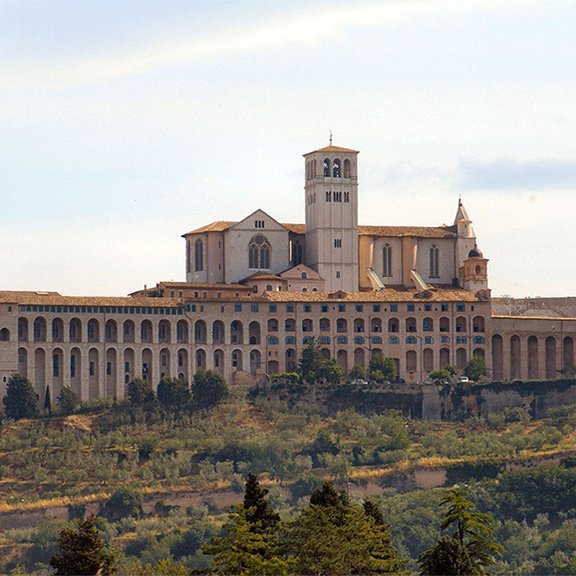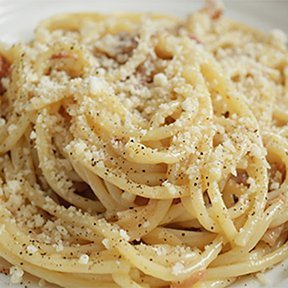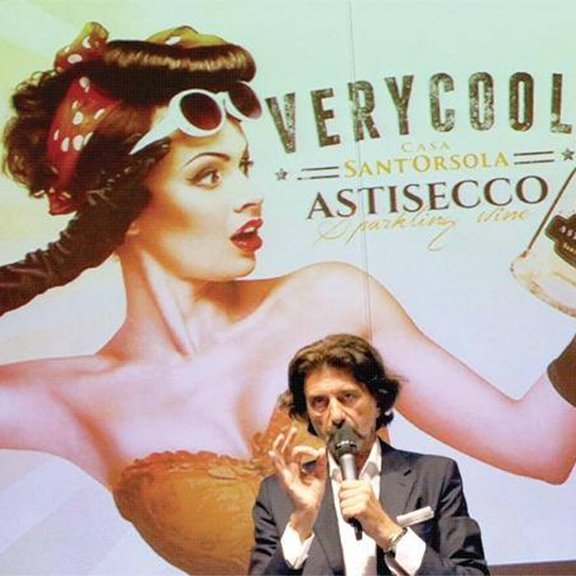Image via the A16 Facebook.
Over the last three days, I’ve eaten in three of California’s most popular and successful Italian restaurants.
On Sunday night, I was at Terroni in Los Angeles (not the greatest name, I know, but an immensely successful restaurant). Monday night I was at Sotto in LA (where, full disclosure, I consult on the wine list), and Tuesday night found me at A16 in San Francisco. All three restaurants — Sunday, Monday, and Tuesday nights — were packed to the gills and at Sotto and A16, there was a lot of high-end Italian wine being poured.
The first Terroni location was opened in the 1990s in Toronto, Canada. It’s the oldest “legacy” restaurant of the three. It has a number of locations now, including a swank new venue in downtown LA.
A16 was opened in 2004 is the most famous and successful of all three (although all three are among California’s most popular restaurants). Its most recent outpost was opened in Tokyo and it counts three restaurants in the Bay Area, including a Roman-themed menu.
Sotto, which is devoted to modern interpretations of southern Italian cuisine and Neapolitan pizza, was opened 6 years ago and the owners are about to open a new restaurant in downtown LA (where I’ll also be consulting on the wine list).
I’m still standing after this tour de force (I am a food and wine “professional” after all). And I am awe-struck by the power that Italian and Italianate food and wine hold over the palates and pocketbooks of Californian consumers.
I’ll be turning 50 this year and I remember well the times when, save for a few exceptions, there was no such thing as high-end Italian dining in California (where I grew up). Valentino in Santa Monica was the sole outpost for haute Italian cuisine, a destination and special-occasion restaurant that remained a once-in-a-lifetime for Southern Californians.
But ever since Mario Batali and Joe Bastianich opened Babbo in New York City in 1998, a wave of high-concept, high-profile, and high-cost (pseudo-) Italian restaurants have opened across the U.S. And Italian cookery has crept into a wider reach of Americana cooking in restaurants. It’s not so long ago that burrata, for example, was an exotic product known to only a few food cognoscenti. But now you find burrata and burrata imitations in restaurants that don’t limit their scope to Italian. There are countless other examples I could cite (pancetta, prosciutto, “panini” bread, focaccia, etc. etc. etc.).
My children, ages 3 and 5, have already been indoctrinated into Italian cuisine (mostly because my wife and I are Italophile cooks and we eat Italianate meals regularly). But it won’t be long before they start to enjoy eating out more: Italian food and Italian-inspired food won’t see exotic to them at all; it’s already been threaded into the fabric of their culinary awareness.
The thing that is so striking and powerful to me about this phenomenon is that authenticity, regionality, and provenance are part of the equation when it comes to the popularity of Italian food in the U.S. I don’t think that’s the case when it comes to Asian cookery (the exotic food trend of my parents’ lifetime) or Mexican cookery, which is as easily corrupted as it is happily ingested (just try to find a burrito or “chips and salsa” in Mexico city).
There is arguably no cuisine that has so radically reshaped the American palate. And I believe this is a reflection of not just the remarkable power of Italian gastronomy to seduce the eater, but also a mirror of Americans’ unquenchable thirst for authenticity in their lives, especially in a time when so much around them appears surreal, unreal, and disconnected from the din of our workaday lives.
Jeremy Parzen
Do Bianchi







